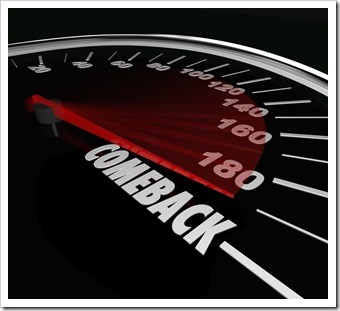
For most, recovering from an injury is an exercise in itself. For an athlete, being told that you have to reduce or halt all activity in order to let the bone or muscle heal is equivalent to torture. However, there are a few things you can do to help speed the healing process so you can get back to your daily routines as soon as possible.
Be Smart About Your Pain Relief Options
When cells are damaged in a fracture, large amounts of prostaglandins are released. Prostaglandins are a group of lipids made at sites of tissue damage or infection that are involved in dealing with injury and illness. They control processes such as inflammation, blood flow, the formation of blood clots and the induction of labor. Although this is what causes you to feel the pain, the production of these lipids are also instrumental to the early stages of tissue repair.
Here is the catch. In order to alleviate pain, non-steroidal anti-inflammatory drugs are prescribed to stop the action of prostaglandins, but the prostaglandins are quintessential to the healing process. The best suggestion would be stop taking the NSAIDs as soon as possible after suffering a broken bone. Alternatively, you could take a non-NSAID pain medication such as acetaminophen for pain relief, for it does not have the same effect on prostaglandins.
Say No! to Nicotine
It has been scientifically proven that broken bones of people who smoke take longer to heal. The smoke reduces blood flow, therefore, reduces the number of nutrients and oxygen travelling to the injury site. The chemicals released in the blood from smoking damages the cells that form bone. This process and significantly decrease healing time or prevent complete healing altogether.
Make Calcium, Magnesium, Vitamin D and Vitamin K Your New Best Friends
These vitamins and minerals are all integral to healthy bone growth. We have all heard about how important calcium is in the diet, but if you take a lot of calcium without accompanying it with magnesium and vitamins D and K, much of that calcium will not be absorbed by your bones. Dark green leafy vegetables such as spinach, kale, collard greens and Swiss chard are among the best sources of not only calcium but magnesium and vitamin K as well. If you live in a sunny climate, you can get a good supply of vitamin D by sitting in the sun for 15-20 minutes a day with arms and legs exposed and using no sunblock. For those who live in less sun-drenched locations (and those of us waiting out the winter months), you can get vitamin D from fortified milk products or you can take a vitamin D supplement.
Give Your Sugar and Caffeine Intake a Break
Caffeine and sugar both increase the excretion of calcium from the bones by 25-50 percent.So try avoid the comfort foods!
Just become a Lean, Mean, Protein Consuming Machine!
For Your Health,
Dr. Geoffrey Bossio and Dr. Daniella D'Alessio
